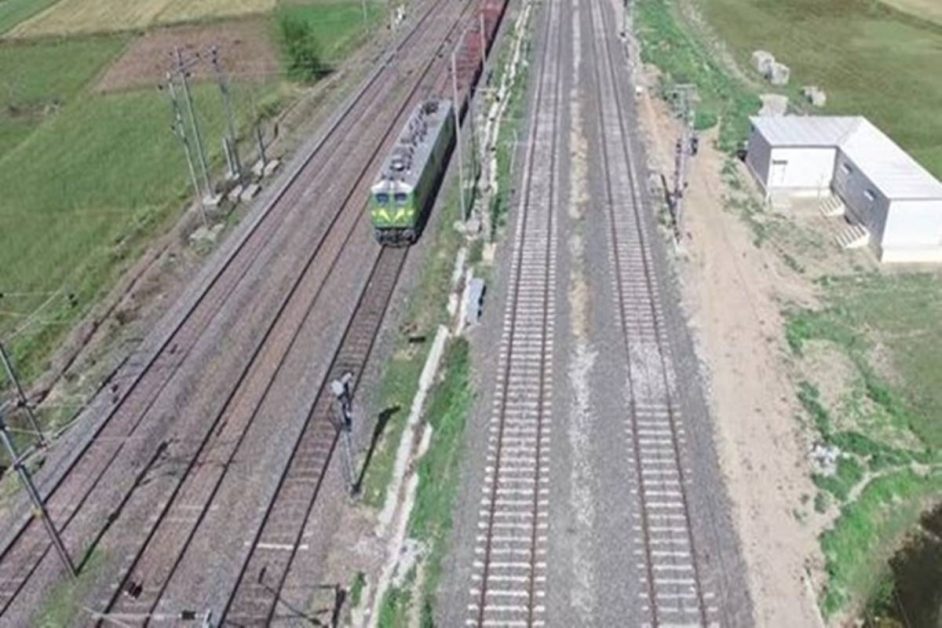As of June 2023, 77.2 per cent of the Dedicated Freight Corridors (DFC) project has been commissioned, according to the Ministry of Railways.
Dedicated freight corridors are proposed to adopt world-class and state-of-the-art technology. Significant improvement is proposed to be made in the existing carrying capacity by modifying basic design features.
The permanent way will be constructed with significantly higher design features that will enable it to withstand heavier loads at higher speeds.
Simultaneously, in order to optimise the productive use of the right-of-way, the dimensions of the rolling stock are proposed to be enlarged. Both these improvements will allow longer and heavier trains to ply the DFCs.
In the first phase, the government of India approved the construction of two corridors — the 1,875 km long eastern dedicated freight corridor (EDFC) and the 1,506 km long western dedicated freight corridor (WDFC).
The ministry stated that 1,046 km of the WDFC and 1,150 km of the EDFC have been commissioned. Additionally, out of the 543 major bridges, 454 have been completed.
Prime Minister Narendra Modi flagged off the DFC network’s inaugural train on 12 December, 2020.
DFC is critical to the National Logistics Policy to lower logistics costs from 15 per cent of GDP to 8 per cent by 2030.
DFC’s freight infrastructure capacity increase is critical to achieving Indian Railways’ goal of 3,000 MT freight loading by 2030.







